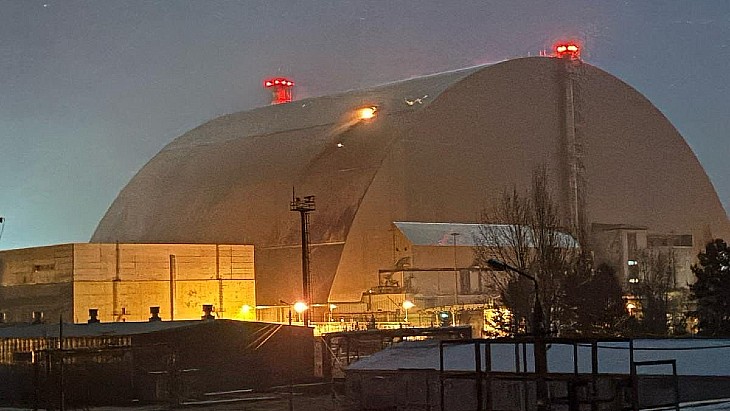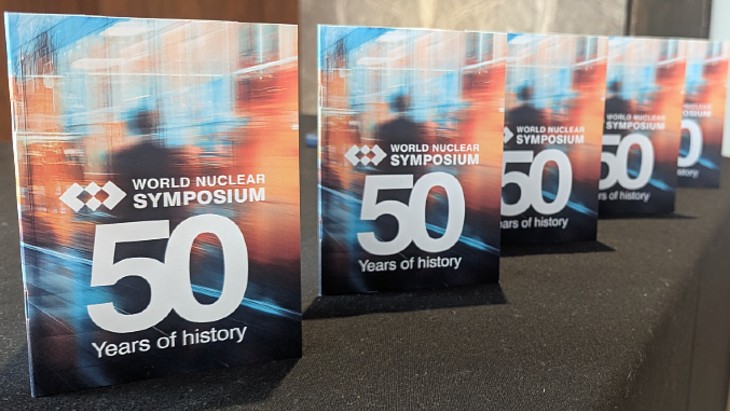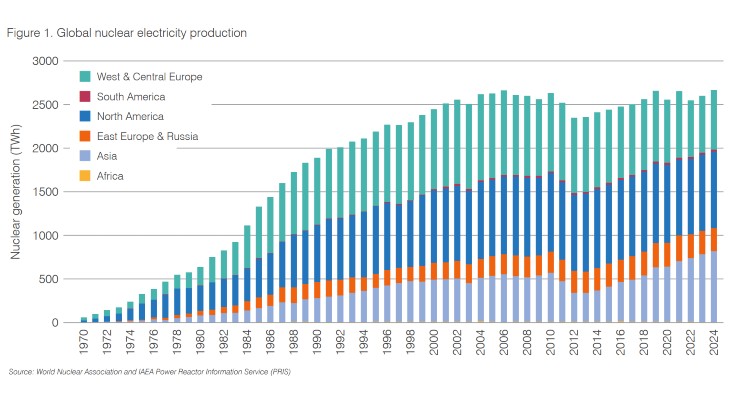Analysis of the trenches at Fukushima Daiichi indicates they were probably flooded by the tsunami. Low radioactivity in one trench may result from capture of radionuclides from the air but high levels in another are unexplained.
Tokyo Electric Power Company (Tepco) announced the flooding of three large trenches yesterday. Each of the four units in the main part of the site has an underground trench for piping and cabling that runs from the basement of the turbine building. These were separately found to be flooded some days ago, leading to speculation about possible pipe breaks in the reactor circuits, but it now appears likely that both flooding effects are direct results of the tsunami that overwhelmed the power plant.
.jpg) |
| Tepco released this image to explain the position of the trenches |
But while an answer appears close on the presence of the water, the levels of radioactivity remain unexplained.
The trench at unit 2 is a serious concern due to radiation levels from surface measurement in excess of 1000 millisieverts per hour. Further sampling has not yet taken place due to this extraordinary level, and it is not clear if the dose rate is representative of the whole 6000 cubic metre body of water, although it does match the level in the basement of the turbine building. Unit 2 suffered suspected damage to its torus suppression chamber on the morning of 15 March.
At unit 1 the dose rate at the water's surface is low at 0.4 millisieverts per hour. Tepco said it considers that this trench at least was filled by the tsunami, while "radioactive materials that have been released to the air were captured by rainfall, taken to the trench and diluted by the seawater." The company will treat the water - up to 3100 cubic metres - in the same way as the water in the basement of unit 1's turbine building. This is being pumped to the condenser unit higher up in the building for temporary storage.
The pools of water in the turbine buildings had led to speculation about pipe breaks in the reactor circuits, but it now seems more likely that the tsunami filled the trenches and simultaneously caused the internal flooding.
Radioactivity of the trench at unit 3 is due to be sampled today, after the removal of tsunami debris that obstructed work yesterday. It was in unit 3's turbine building pool that workers were exposed to over 170 millisieverts in a matter of hours.
At unit 4, Tepco said, it is not safe to take a sample because of obstacles around the trench. "We need to study the procedure in advance," said the firm.
Researched and written
by World Nuclear News












